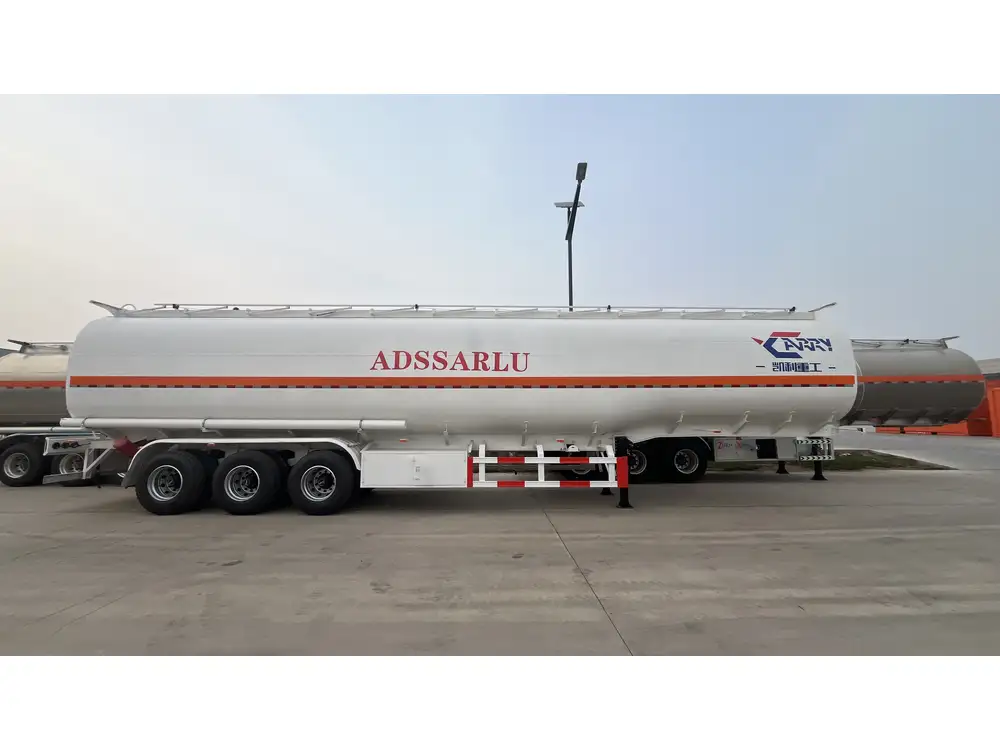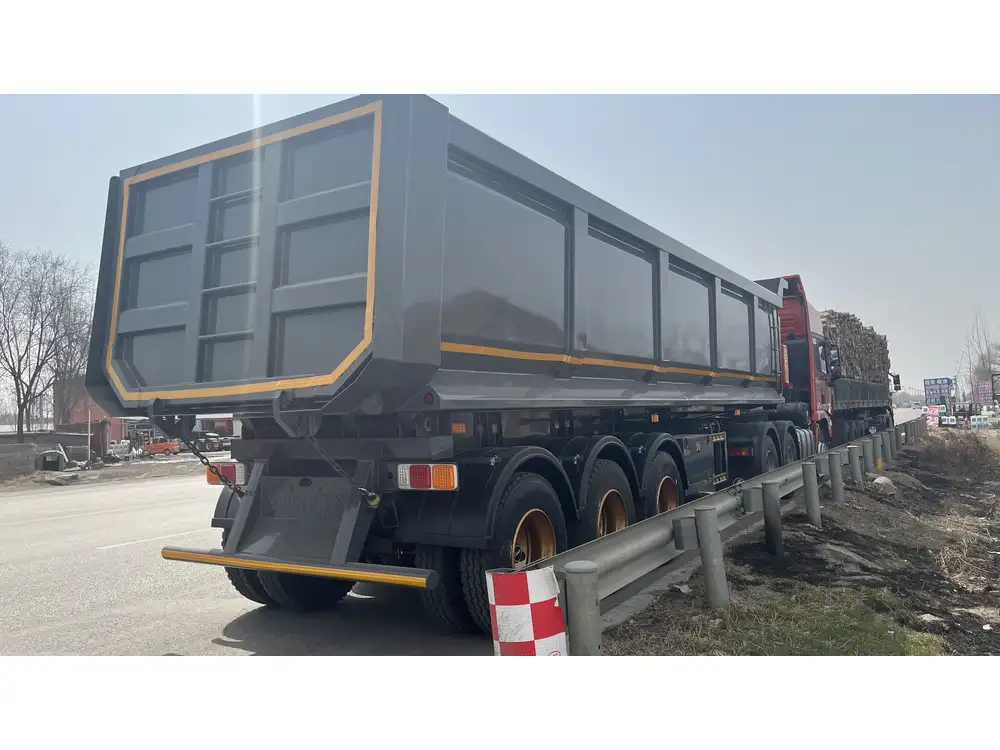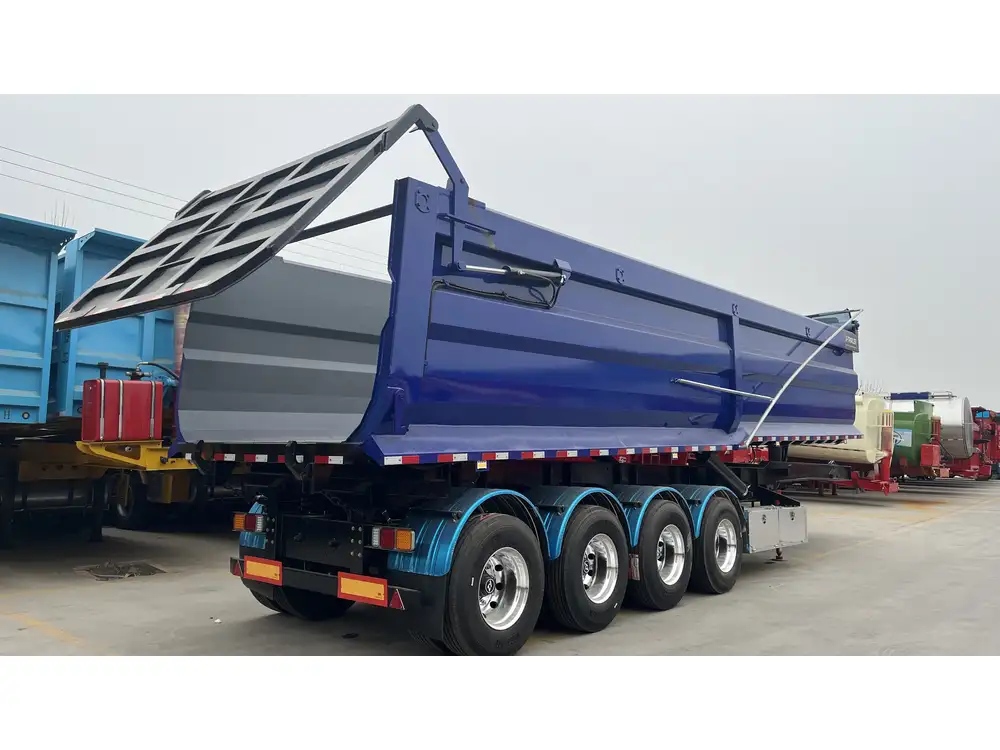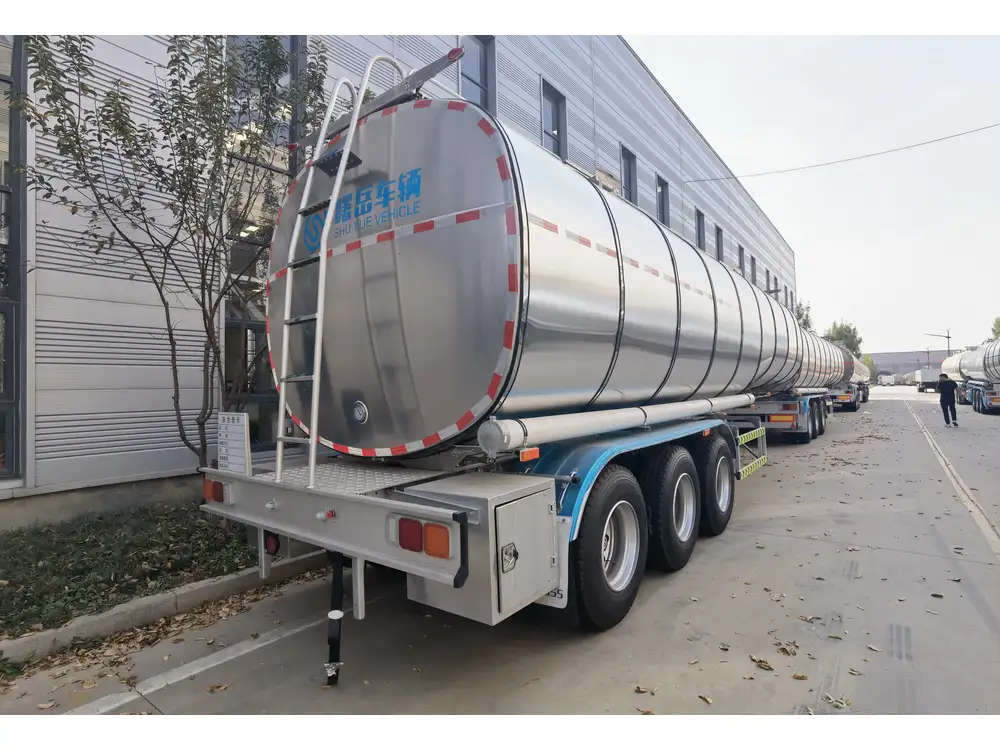Loading a flatbed semi-trailer is a critical operation that requires attention to detail, expertise, and strict adherence to safety protocols. Effective loading not only ensures the safe transportation of goods but also maximizes the efficiency of freight operations. This guide aims to equip you with comprehensive knowledge on how to load a flatbed semi-trailer properly.
Understanding Flatbed Semi-Trailers
Flatbed semi-trailers are versatile transportation vehicles used to carry a wide array of goods, from construction materials to large machinery. Their open design provides flexibility but also requires careful loading procedures to prevent cargo shifting or damage during transit.
Types of Flatbed Trailers
| Type | Description |
|---|---|
| Standard Flatbed | The most common type used for transporting general freight. |
| Step Deck Trailer | Features a lower deck height, ideal for taller loads that need to be secure. |
| Extendable Flatbed | Can be extended to accommodate longer loads, such as lumber or beams. |
| Lowboy Trailer | Designed for heavy equipment transportation due to its low height. |

Key Principles of Loading a Flatbed Semi-Trailer
Understanding the fundamental principles of loading is essential. These principles help ensure that the cargo is secure, balanced, and compliant with transport regulations.
1. Load Weight Distribution
Proper weight distribution is crucial to maintaining the balance of the truck. An uneven load can lead to accidents or vehicle damage.
- Front-to-Back Distribution: Ensure approximately 60% of the weight is at the front of the trailer and 40% at the back. This helps maintain steering control and stability.
- Side-to-Side Distribution: Avoid loading cargo unevenly to one side, which can cause rollovers.
2. Securing the Load
The safety of the load relies heavily on how well it is secured.
- Straps: Use high-quality tie-downs. Ratchet straps are preferable as they can provide a more secure hold.
- Blocking and Bracing: Utilize wood blocks to prevent movement of heavy machinery. Bracing helps stabilize loads that might shift during transit.
- Tarps: Consider using tarps for loads that require protection from the elements, ensuring they are secured tightly.

3. Understanding Legal Load Limits
Before loading, be aware of the legal load limits set forth by state and federal regulations. Each flatbed has a maximum weight and dimension limit.
| Regulatory Aspect | Explanation |
|---|---|
| Gross Vehicle Weight (GVW) | Total weight of the fully loaded trailer and tractor. |
| Axle Weight Limits | Maximum weight that can be carried per axle. |
| Length and Width Limits | Dimensions that must comply with local laws. |
Essential Equipment for Loading
To load effectively, certain tools and equipment can enhance safety and efficiency.
| Equipment | Purpose |
|---|---|
| Forklift or Crane | For heavy lifting and placement of large items. |
| Loading Ramps | To provide a gradual incline for easy loading of equipment. |
| Tie-Down Straps | To secure the load during transportation. |
| Wheel Chocks | Prevents the trailer from rolling while loading. |
Step-by-Step Loading Process

Step 1: Prepare the Trailer
Before loading, perform a thorough inspection of the flatbed trailer.
- Check the Condition: Ensure the trailer is free from damage and the deck is clean.
- Verify Equipment: Confirm that all securing equipment (straps, chains, etc.) is in good condition and rated for the weight you plan to carry.
Step 2: Plan Your Load
Strategically plan your load layout in advance.
- Identify Cargo: Know the dimensions and weight of each piece of cargo.
- Determine Placement: Plan where each item will be placed for optimal weight distribution and balance.
Step 3: Load the Cargo
Utilizing a forklift or crane, begin loading your cargo based on the predetermined plan.
- Start with Heavy Items: Load the heaviest items first, placing them closest to the front of the trailer.
- Create a Stable Base: Ensure that all heavier items are secured and create a stable base for lighter items on top.

Step 4: Secure the Load
After loading is complete, it’s crucial to secure the cargo adequately.
- Use Appropriate Tie-Downs: Ensure straps or chains are rated for the weight and size of your cargo.
- Check for Movement: Test the load by attempting to shift items slightly to ensure they are secured.
Step 5: Conduct a Safety Inspection
Before hitting the road, perform a final safety check.
- Inspect Tie-Downs: Make sure that all securing devices are tight and in good condition.
- Check Visibility: Ensure that no part of the load extends beyond legal limits and that it does not obscure any lights or visibility.
Common Loading Mistakes to Avoid
1. Ignoring Weight Distribution Failing to distribute weight evenly can lead to dangerous driving conditions. Always re-evaluate weight placement if unforeseen adjustments are made.
2. Underestimating Load Securement Many accidents occur due to insufficient tie-downs. Overestimate the amount of securing equipment needed rather than underestimate.
3. Rushing the Loading Process Rushing can lead to oversight. Allow ample time for every aspect of the loading process to ensure thoroughness.

Safety Protocols and Regulations
Following safety protocols and regulations cannot be overstressed. Compliance ensures not just the safety of the driver but also that of other road users.
Key Safety Protocols
- Use Reflective Flags or Tapes: If any load extends beyond the standard width, use flags or tapes to warn other drivers.
- Wear Protective Gear: Ensure that loaders are wearing helmets, gloves, and reflective vests.
- Maintain Clear Communication: Ensure that all personnel involved in the loading process are clearly communicating, especially if heavy machinery is involved.
Regulatory Compliance
Always stay updated on transport regulations regarding:
- Weight Limits: Regularly check for state and federal regulations that may impact your loading strategies.
- Securement Guidelines: Familiarize yourself with the latest secured guidelines outlined by the Federal Motor Carrier Safety Administration (FMCSA).

Final Thoughts: Best Practices for Flatbed Loading
Loading a flatbed semi-trailer is an art that blends skill and knowledge. Understanding the mechanics of loading, the physics of weight distribution, and the protocols for safety is paramount for any load operator.
- Continuous Training: Engage in ongoing training to stay current with best practices and regulatory changes.
- Seek Professional Advice: Do not hesitate to consult with loading experts if uncertain about any procedures.
By adhering to these guidelines, operators can ensure that their loads arrive safely, thereby enhancing efficiency and safeguarding profits in the transportation business. Proper loading not only mitigates risks but also boosts overall operational productivity, leading to considerable success and enhanced reputation in the logistics field.



